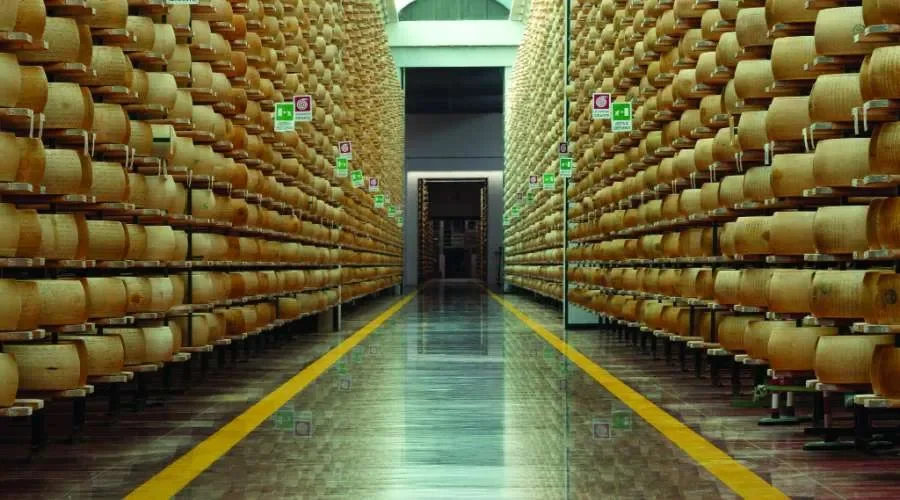
Guida alla certificazione LEED®: il ruolo chiave delle pavimentazioni in resina
20 Maggio 2025

Uno dei grandi vantaggi delle resine è sicuramente la duttilità d’uso: la varietà di prodotti e la possibilità di progettare un ciclo resinoso idoneo per ogni scenario applicativo rende la resina la soluzione ottimale per garantire libertà operativa all’applicatore. Esistono tuttavia limiti ambientali che devono essere tenuti in considerazione prima di applicare un pavimento in resina e che determinano la progettazione del ciclo finale:
Come vedremo, progettare ed applicare un ciclo resinoso senza aver valutato questi fattori può pregiudicare la messa in opera del pavimento e fornire un risultato non solo carente dal lato estetico, ma soprattutto dal punto di vista strutturale.
Praticamente tutti i cicli hanno necessità di essere applicati su supporti capaci di resistere alle sollecitazioni meccaniche esercitate: le resine non hanno un loro corpo (come possono essere i gres o le pietre naturali) e non possono garantire le prestazioni necessarie prescindendo dal supporto sul quale vengono posate.
Verificare la presenza di un supporto idoneo all’applicazione è la prima fase fondamentale di ogni progetto che preveda la posa di pavimenti in resina. In edilizia si possono contare numerose soluzioni idonee a ricevere un rivestimento resinoso: massetti in sabbia/cemento, calcestruzzo, piastrelle, pietre naturali, supporti metallici, e molti altri.
Sono alcune caratteristiche a renderle idonee:
La presenza di eventuali crepe non comporta problemi ma in ogni caso richiede una lavorazione che ricopra la crepa tale da rendere la superficie omogenea. È possibile applicare la resina su piastrelle, marmi, qualora le superfici siano integre e ben ancorate al sottofondo
La presenza di un impianto di riscaldamento a pavimento non ostacola la messa in opera dei prodotti, come abbiamo approfondito qui: https://sivit.it/resine-pavimenti-con-riscaldamento/
La progettazione di qualsiasi ciclo resinoso prevede la messa in opera in cantiere dei prodotti e l’analisi dello scenario operativo è da considerarsi fondamentale per la corretta riuscita della posa. Valutare correttamente i tempi di posa, le necessità operative, la presenza di civili e di altri operatori, le caratteristiche delle strutture edili, significa organizzare un intervento efficiente ed efficace, in grado di fornire al cliente finale un risultato nei tempi previsti e con le prestazioni meccaniche ed estetiche richieste. Per questo è possibile richiedere l’apposito intervento di valutazione di Sivit.
Il microclima è l’insieme dei fattori (temperatura, umidità e velocità dell’aria, umidità e temperatura dei supporti, calore) che si presentano al momento della messa in opera del pavimento in resina. Questi sono aspetti primari nella definizione del ciclo di posa e soprattutto dei tempi d’intervento:
i prodotti resinosi risultano molto sensibili alla temperatura e all’umidità sia dell’aria che del supporto, con conseguente influenza sulle caratteristiche chimico/fisiche del ciclo di posa.
Ogni cantiere, così come ogni struttura, ha specificità proprie che devono essere attentamente valutate dal professionista: progettare un ciclo resinoso che risulti adatto allo scenario applicativo ed alle esigenze prestazionali ed estetiche richieste dal cliente non risulta particolarmente complesso vista la vastità di prodotti disponibili.
È necessario verificare tutte le variabili presenti, anche durante la fase di posa in opera: non di rado si verificano cambiamenti soprattutto nella sfera ambientale e del microclima (presenza di nuovi operatori in cantiere, aumento dell’umidità in ambienti non chiusi, ecc), e spesso queste variazioni richiedono un intervento sul ciclo prescelto (allungamento dei tempi di posa, cambio di materiale).
Chiedi un nostro preventivo gratuito direttamente ai nostri commerciali: commerciale@sivit.it